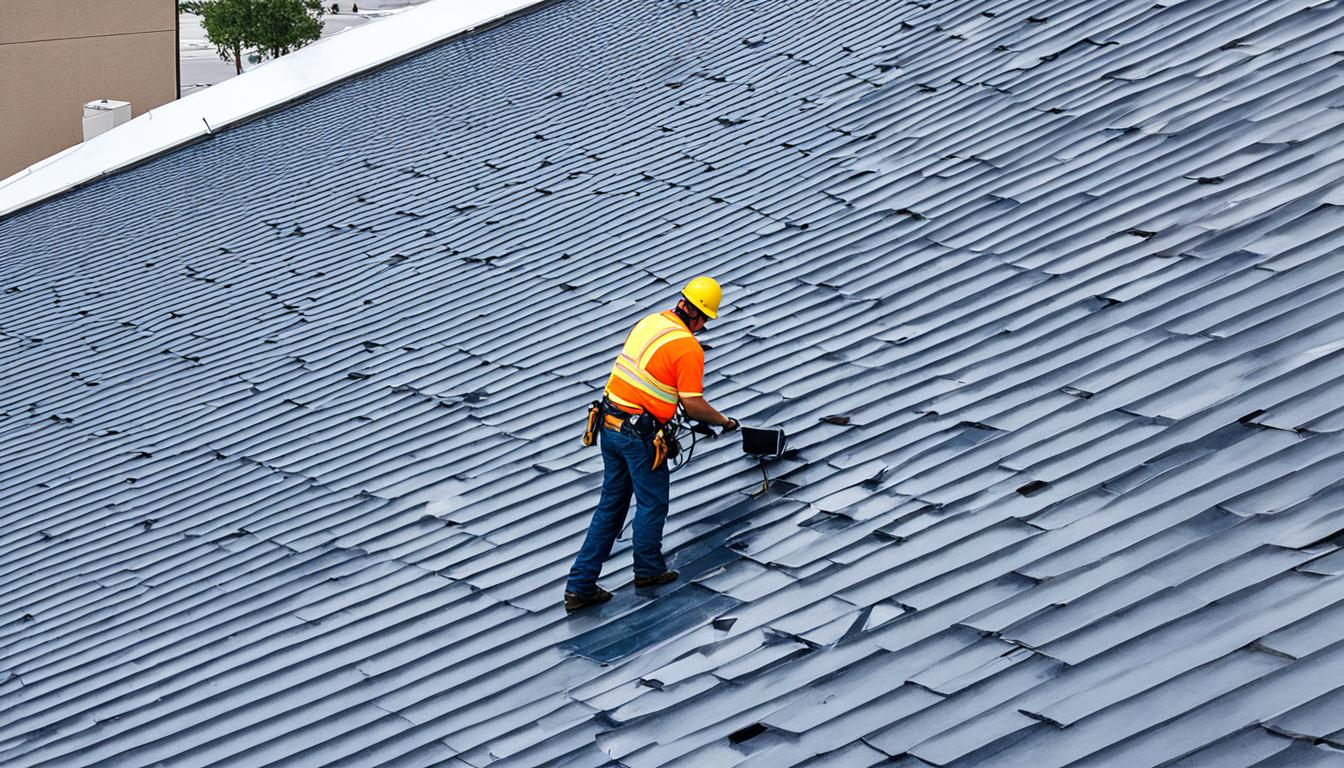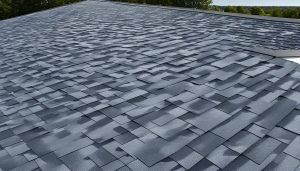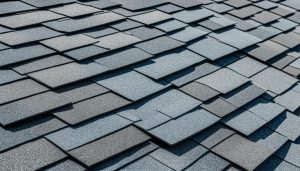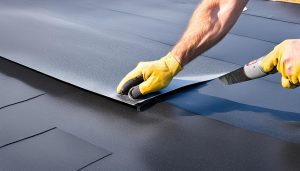Welcome to our guide on roof asset management and preventive maintenance techniques to help you protect your roof during the challenging monsoon season. As the rainy weather approaches, it’s essential to ensure your roof is in optimal condition to withstand the heavy rainfall, high humidity, and strong winds that characterize the monsoon season.
Roofs are crucial assets that require regular maintenance to extend their lifespan and prevent costly repairs. By implementing proactive preventive maintenance strategies, you can avoid potential leaks, structural damage, and other issues that can arise during the monsoon season.
In the following sections, we will explore the fundamentals of roof asset management, discuss effective preventive maintenance techniques, and provide expert tips on efficiently weathering the monsoon season. Let’s dive in and learn how to safeguard your roof during this challenging time of year.
Understanding Roof Asset Management
Before we delve into preventive maintenance strategies, it’s crucial to have a solid understanding of roof asset management. Effective roof asset management involves the careful planning, maintenance, and optimization of your roof’s lifespan and performance.
Roof asset management can be defined as a systematic approach to proactively managing and maintaining a roof’s condition, functionality, and value over time. It goes beyond just conducting repairs when issues arise and instead focuses on preventive measures to minimize the risk of damage and extend the roof’s lifespan.
Implementing a comprehensive roof asset management plan offers several benefits, including:
- Enhanced roof performance and durability
- Reduced long-term repair costs
- Improved energy efficiency
- Increased property value
The primary goal of roof asset management is to ensure that your roof remains in excellent condition, protecting your property and its occupants from the elements. By implementing proactive maintenance strategies, you can detect and address minor issues before they escalate into more significant problems.
“A carefully managed roof asset can provide long-term benefits that go far beyond its initial installation cost.”
Whether you own a residential or commercial property, roof asset management should be an integral part of your overall maintenance plan. By investing in regular inspections, timely repairs, and ongoing maintenance, you can extend the lifespan of your roof and avoid costly damage caused by neglect.
In the next section, we will explore proactive preventive maintenance techniques that can help you maximize the longevity of your roof and ensure its durability during the challenging monsoon season.
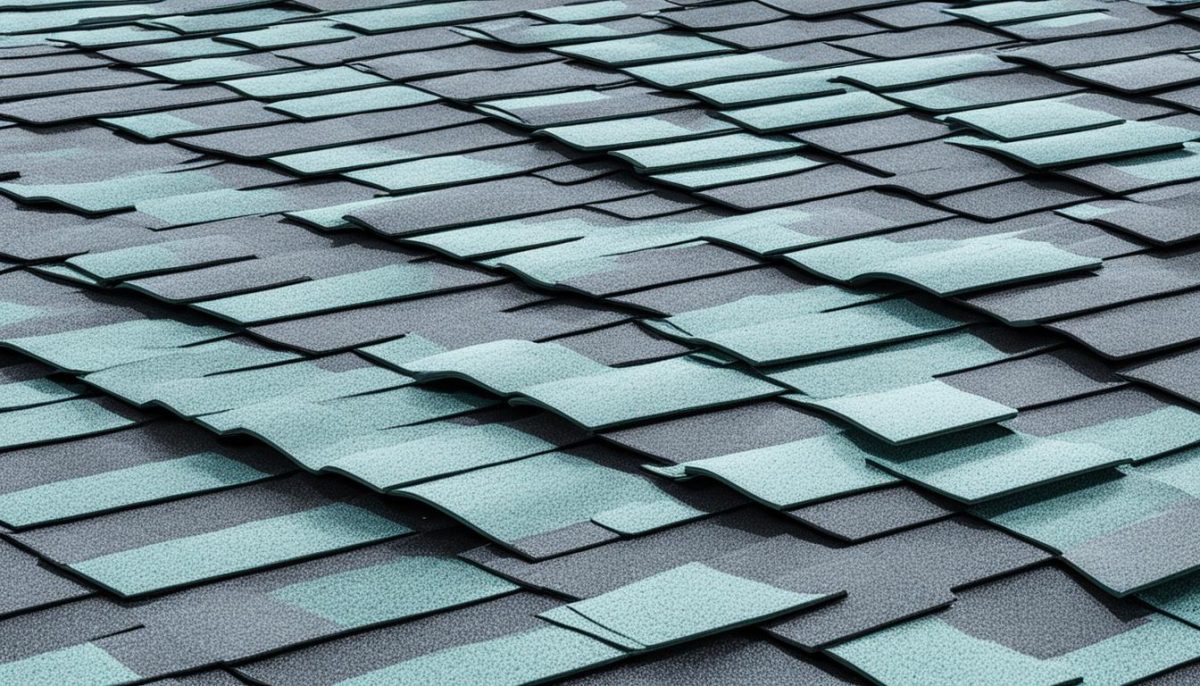
| Roof Asset Management Tips: | Benefits: |
|---|---|
| Regular roof inspections | Early detection of issues |
| Prompt repair of minor damage | Prevention of major repairs |
| Gutter cleaning and maintenance | Proper water drainage |
| Professional roof cleaning | Improved aesthetics |
| Application of protective roof coatings | Enhanced resistance to weather elements |
Proactive Preventive Maintenance Techniques
To maximize the lifespan of your roof and ensure its durability throughout the monsoon season, implementing proactive preventive maintenance techniques is vital. By taking proactive measures, you can identify potential issues early on and address them before they escalate into costly repairs or replacements. In this section, we will discuss the strategies you can adopt to keep your roof in excellent condition.
Regular Inspections
Regular inspections are the cornerstone of preventive maintenance. It’s important to inspect your roof at least twice a year, ideally before and after the monsoon season. During these inspections, thoroughly check for any signs of damage, such as cracked or missing shingles, leaks, or signs of deterioration. Identifying issues early on allows you to take prompt action and prevent further damage.
Gutter Cleaning
Gutters play a crucial role in diverting water away from your roof and protecting it from water damage. However, clogged gutters can lead to water overflow, which can seep into your roof and cause leaks. Therefore, regular gutter cleaning is essential to ensure proper water drainage. Remove any debris or leaves that may obstruct the flow of water and inspect the gutters for any signs of damage.
Addressing Minor Repairs Promptly
Even minor roof repairs, such as fixing loose shingles or sealing small cracks, should not be ignored. These seemingly insignificant issues can worsen over time and lead to more significant damage. By addressing them promptly, you can prevent water infiltration and structural damage to your roof. Regularly inspect your roof for any signs of wear and tear and address minor repairs as soon as possible.
Implementing these proactive preventive maintenance techniques will not only protect your roof from the challenges of the monsoon season but also extend its lifespan. By investing time and effort in regular inspections, gutter cleaning, and addressing minor repairs promptly, you can ensure that your roof remains sturdy and resilient, providing effective protection for your home.
Efficiently Weathering the Monsoon Season
The monsoon season can be especially harsh on roofs, with heavy rain, high humidity, and strong winds putting them at risk of damage. To protect your roof and ensure its longevity, it’s essential to take proactive measures and prepare it for the challenging monsoon conditions.
One crucial aspect of weathering the monsoon season is ensuring proper drainage. Clogged gutters and downspouts can lead to water accumulation on the roof, increasing the risk of leaks and structural damage. Regularly inspecting and cleaning the gutters is a simple yet effective preventive maintenance step that can go a long way in protecting your roof during the monsoon.
Another valuable tip is to consider applying protective coatings on your roof. These coatings act as a barrier, shielding the roof from water damage, UV rays, and other environmental factors. They also help to prolong the life of the roof and minimize the need for repairs even in the harshest monsoon conditions.
Finally, it’s important to address any existing damage or potential weak points in your roof before the monsoon season arrives. Conduct a thorough inspection and address minor repairs, such as fixing loose shingles, sealing cracks, or replacing damaged flashing. By proactively taking care of these issues, you can significantly reduce the risk of water infiltration and structural damage during the monsoon season.

